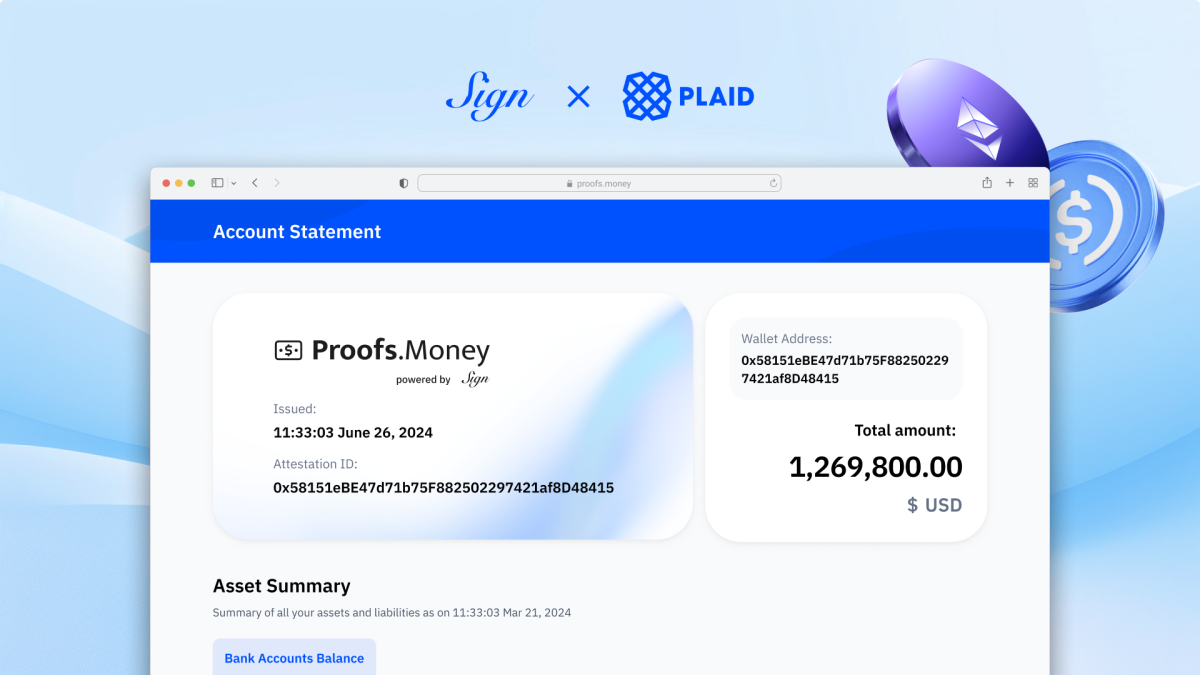The Pulse: The Bitcoin halving has taken place. Now it gets interesting

Quick Take
- This is the fifth edition of a regular opinion column by The Block’s editor-in-chief on current events in the crypto space and other musings.
- Today’s topics include the bitcoin halving, the Mango Markets exploiter, Telegram, Tether and upcoming Hong Kong ETFs.

It’s easy to see the bull case for bitcoin following the halving.
The cryptocurrency is entering its next phase on the back of billions of dollars of demand from spot bitcoin ETFs in the U.S., with more to come from options trading and availability through large wirehouses later this year. Plus ETFs in Hong Kong and elsewhere could open up access to even more investors.
At the same time, the supply entering circulation has been drastically reduced, which could cause an “immense supply shock,” as some are predicting. Put simply, there could be a lot of demand for not a lot of bitcoin.
However, it’s also worth considering the bear case for bitcoin, even if it’s harder to see.
The core idea here is that the halving has cut revenue for bitcoin miners nearly in half. This has the potential to reduce the number of profitable miners and could result in the hash rate dropping over time.
There are two ways this can be offset. The first is price. If bitcoin’s price doubles, for instance, that can make up for the impact of the halving. But if bitcoin’s price declines, then that would cause even more pain for miners.
The second way is through transaction fees. There is some hope here, with Ordinals-based projects and similar ideas like Runes finding adding value on top of normal everyday transactions. On the other hand, new products like the ETFs are facilitating a lot of bitcoin trading and investment without many onchain transactions.
So those are the two main arguments either way. Now what’s curious about both of them is that they each have their own flywheel. For the bull case, if bitcoin’s price cooperates, it could see a surge in demand from the ETFs and this could create sustained momentum. In turn, this could attract more interest and adoption, continuing its current trajectory.
But if the price drops in the bear scenario, it might lead to selling pressure from the ETFs and lower transaction fees, which coupled with the reduced mining rewards could mean fewer miners keeping the network secure. This is a concern that has always been theoretical but may one day have to be grappled with.
As such, while the halving has taken place like clockwork, the real test has only just begun.
Now, onto a selection of stories that caught my attention this week.
Mango Markets exploiter convicted
I remember when I first asked Avraham Eisenberg about the accusations that he was behind the $110 million Mango Markets exploit. He replied, “The fanfiction written about me is pretty incredible.” It was two days later when he said he might have an official statement coming out.
RELATED INDICES
At the time, he admitted to being part of a “team” behind the attack. He maintained then — as he continued later in court — that it was simply a clever trade. However, this argument was ultimately unconvincing and he was found guilty of commodities fraud, commodities manipulation and wire fraud. His sentencing is set for July 29.
Telegram embraces Tether
Stablecoin issuer Tether has expanded its USDT stablecoin to the TON blockchain, as The Block covered. This will make it easy for Telegram’s 900 million monthly active users to send the stablecoin to other users. The Telegram wallet bot is also making USDT transactions free until the end of June.
Speaking at Token 2049 in Dubai, Telegram CEO Pavel Durov added that Telegram has made $350 million through tokenizing and selling usernames. He said the next step is to tokenize stickers that are available through the app — of which 730 billion are sent monthly, according to his slideshow.
While many projects are working on decentralized social media, Telegram’s combination of a centralized app with decentralized features is certainly an experiment to keep tabs on.
Hong Kong poised for bitcoin and ether ETFs
Hong Kong approved the applications of several spot bitcoin and ether exchange-traded funds, my colleague Timmy Shen writes. Hong Kong asset managers, including units of China Asset Management (ChinaAMC) and Harvest Global, may soon launch their spot bitcoin exchange-traded funds as early as later this month.
Estimates for the potential inflows for the bitcoin ETFs are fairly conservative, with Bloomberg Senior ETF Analyst Eric Balchunas predicting they will be lower than $500 million. This was based on the comparison of the overall market sizes between the U.S. and Hong Kong.
However, on The Block’s X space on the bitcoin halving, Jeff Park, head of alpha strategies and portfolio manager at Bitwise, argued that this could be an understatement. He said that looking at commodities like gold could be a fairer comparison, suggesting that the bitcoin ETFs might fare better than expected.
Disclaimer: The Block is an independent media outlet that delivers news, research, and data. As of November 2023, Foresight Ventures is a majority investor of The Block. Foresight Ventures invests in other companies in the crypto space. Crypto exchange Bitget is an anchor LP for Foresight Ventures. The Block continues to operate independently to deliver objective, impactful, and timely information about the crypto industry. Here are our current financial disclosures.
© 2023 The Block. All Rights Reserved. This article is provided for informational purposes only. It is not offered or intended to be used as legal, tax, investment, financial, or other advice.

